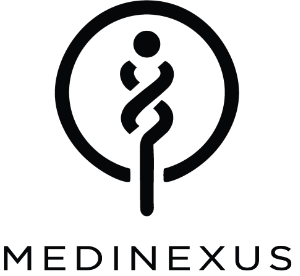DOI: 10.1039/c8fo00415c
Alberto Mazza*a Laura Schiavonb Gianluca Rigatellic Gioia Torina,d Fabio Montanaro e and Salvatore Lentif
aESH Excellence Hypertension Centre, Internal Medicine Unit, Santa Maria della Misericordia General Hospital, AULSS 5 Polesana, Rovigo, Italy. E-mail: alberto.mazza@aulss5.veneto.it; Fax: +39 0425 394157; Tel: +39 0425 394567; bDepartment of Medicine, S. Maria della Misericordia General Hospital, AULSS 5 Polesana, Rovigo, Italy; cInterventional Cardiology Unit, Division of Cardiology, S. Maria della Misericordia General Hospital, AULSS 5 Polesana, Rovigo, Italy; dUnit of Internal Medicine C, Department of Medicine, University of Verona, Verona, Italy; eBiostatistics and Data Management Unit, Latis S.r.l., Genova, Italy; fHypertension Centre and Internal Medicine and Geriatrics, San Donato Hospital, USL 8, Arezzo, Italy
Abstract
Background: The clinical hypocholesterolemic effect of nutraceutical compounds (NCs) containing red yeast rice extracts providing a daily dose of 2.5–10 mg of monacolin K is now well established. For this reason, NCs may be a viable alternative to the statin drugs commonly used to lower cholesterol levels. However, in order to avoid some possible statin-like side effects, most NCs available on the market contain low doses of monacolin K, which could reduce their efficacy. The aim of this study was to investi-gate the efficacy and safety of a NC containing high doses of monacolin K (10 mg) in improving the lipid profile and glucose metabolism when added to the diet versus the diet alone in a group of hypertensive and hyper-cholesterolemic subjects at low cardiovascular risk.
Methods: Thirty subjects with grade-1 essential hypertension (mean age 51.5 ± 7.8 years, 62.9% males) were enrolled in the treatment group (NC group). These subjects followed a programmed diet and took one tablet a day of a NC containing red yeast rice, policosanols, resveratrol and chromium picolinate for 1 month and were compared with an equivalent group of subjects that followed only a diet program. Differences in serum total cholesterol (TC), low-density- and high-density-lipoprotein cholesterol (LDLC and HDLC), triglycerides (TG) and blood glucose between groups were compared by analysis of variance.
Results: In both groups, a signifi-cant reduction of TC, TG and LDLC was observed. In the treatment group from the baseline to the follow-up the reduction of TC (230.93 ± 28.0 vs. 188.63 ± 18.1, p < 0.001) and LDLC (153.10 ± 22.5 vs. 116.54 ± 17.7, p < 0.001) was significantly greater compared to the control group (differences between treatments = 9.19% and 12.29%, respectively); in addition a significant higher reduction in blood glucose (89.1 ± 7.6 vs. 83.7 ± 4.6, p < 0.001) was also observed (differences between treatments = 4.28%). HDLC levels remained unchanged in both groups.
Conclusions: In summary, the NC containing high doses of monacolin K appeared to be safe, well tolerated and effective at improving lipid and glucose patterns.


